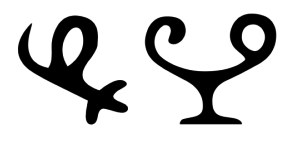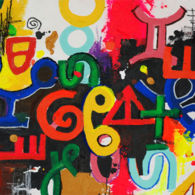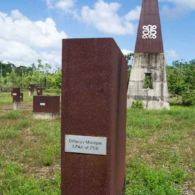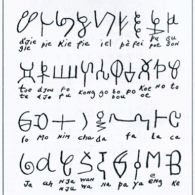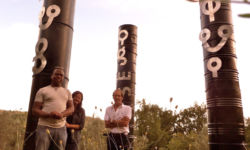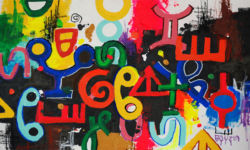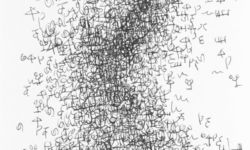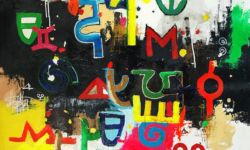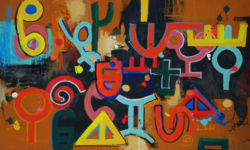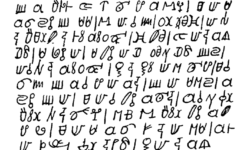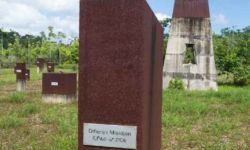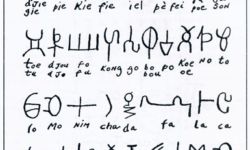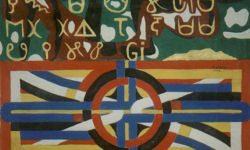Profile
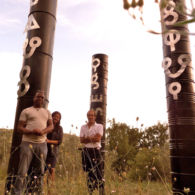
Afáka stands in notable isolation: it is the only indigenous writing system of South America still (barely) in use.
The Afáka script was created around 1908-1910 by Usa Atumisi Afáka—hence the name of the script–to write the Okanisi or Ndyuka language, a Surinamese Afro-English (creole) currently spoken by about 116,000 people in Suriname and French Guyana.
Afáka’s script came to the attention of the wider world in 1915 when Brother Bernard, a Catholic missionary in Suriname, observed a man reading a book full of unknown symbols. The man was Afaka’s nephew Abena, one of about 30 people to whom Afáka had taught the script. Abena asked Br. Bernard to dictate a number of liturgical Catholic prayers in the Ndyuka language, which he then recorded in the script. Much of what is known about the script is attributed to Br. Bernard’s colleague, Father Morssink, who went to considerable lengths to study and propagate the script, with limited success.
The number of users has slowly diminished to a handful, including André R.M. Pakosie, an Okanisi captain who lives in the Netherlands. He writes:
“Because of the Afáka script the Okanisi Maroons are the only Creole-speaking people, at least in the Americas, who own their own script.
“This script was designed by da Usa Atumisi Afáka, an Okanisi Maroon.
“According to da Afáka’s story, he received in dreams, one by one, the characters which he wrote on paper the next day. He eventually came to 56 characters, with which he could convert thoughts into written stories.
“Da Afáka taught a few people in his immediate vicinity the script so they could read and write. Within a few years, a dozen of the Okanisi could use the Afáka script–men, women and children.
“One of the first people da Afáka taught the script, was his nephew da Abena. In turn da Abena taught his son Alufaisi, in those days still a child, the script. Alufaisi also learned the Afáka script directly from da Afáka. At a later age, Alufaisi became the third Edebukuman, or head teacher of the script.
After the death of da Alufaisi in 1993, Pakosie became the Edebukuman. “This means that I do my utmost to ensure that the script is widely known among the Okanisi and other interested people, and is passed on to the next generation.”
The script has been used in artwork by the well-known Okanisi painter and sculptor Marcel Pinas, which has been its main means of survival during the 21st century.
Updated August 2020
You can help support our research, education and advocacy work. Please consider making a donation today.
